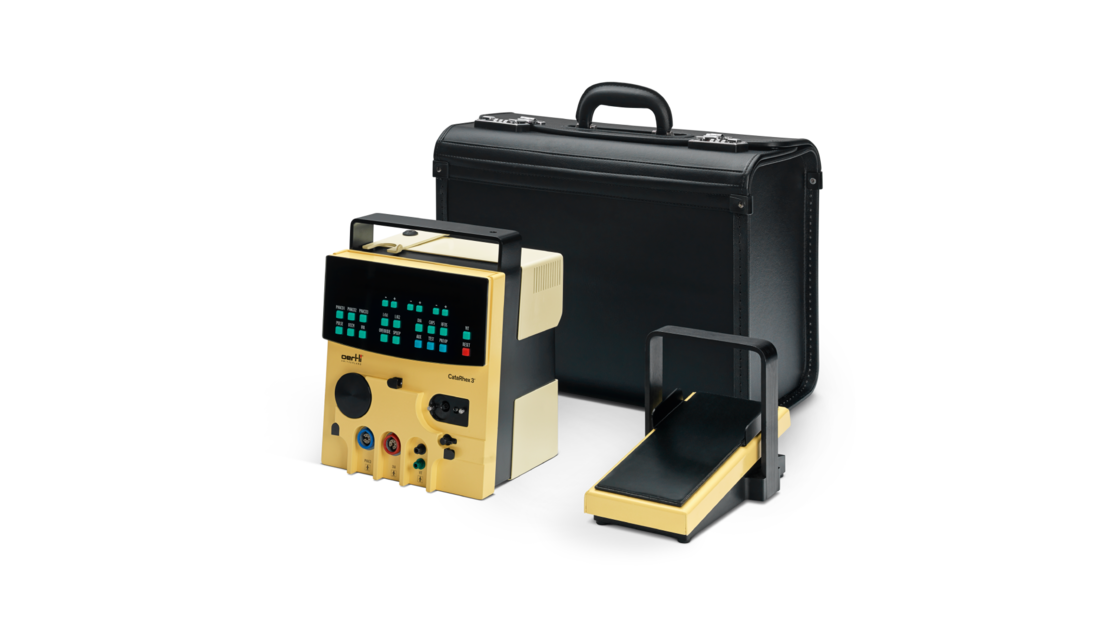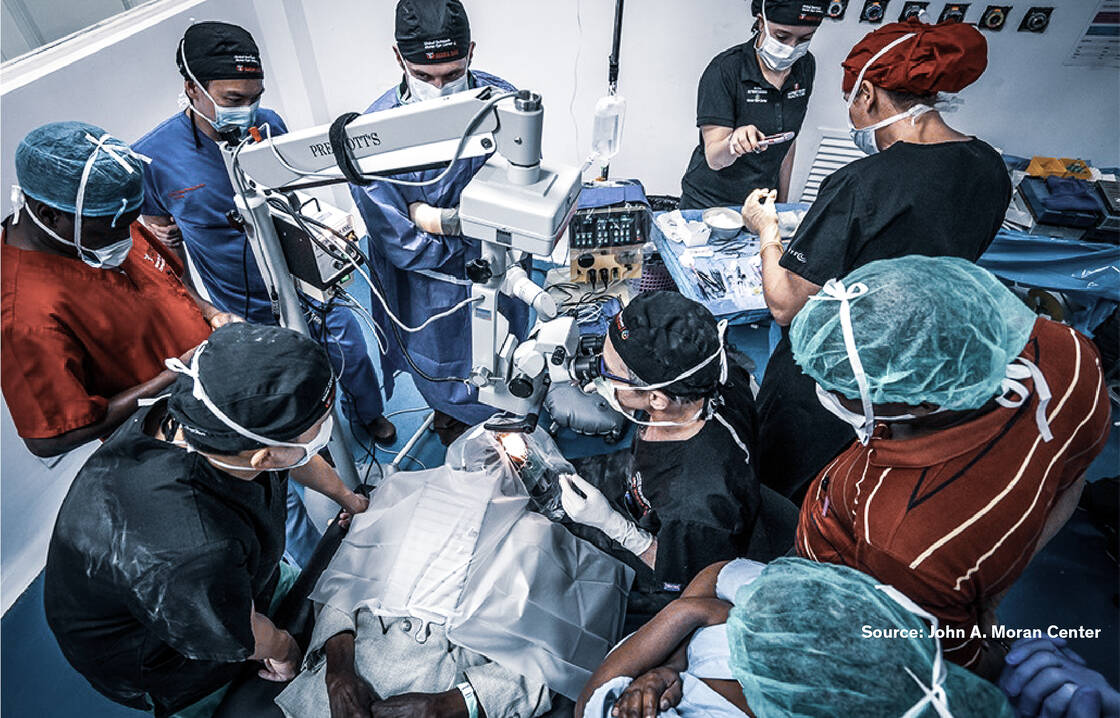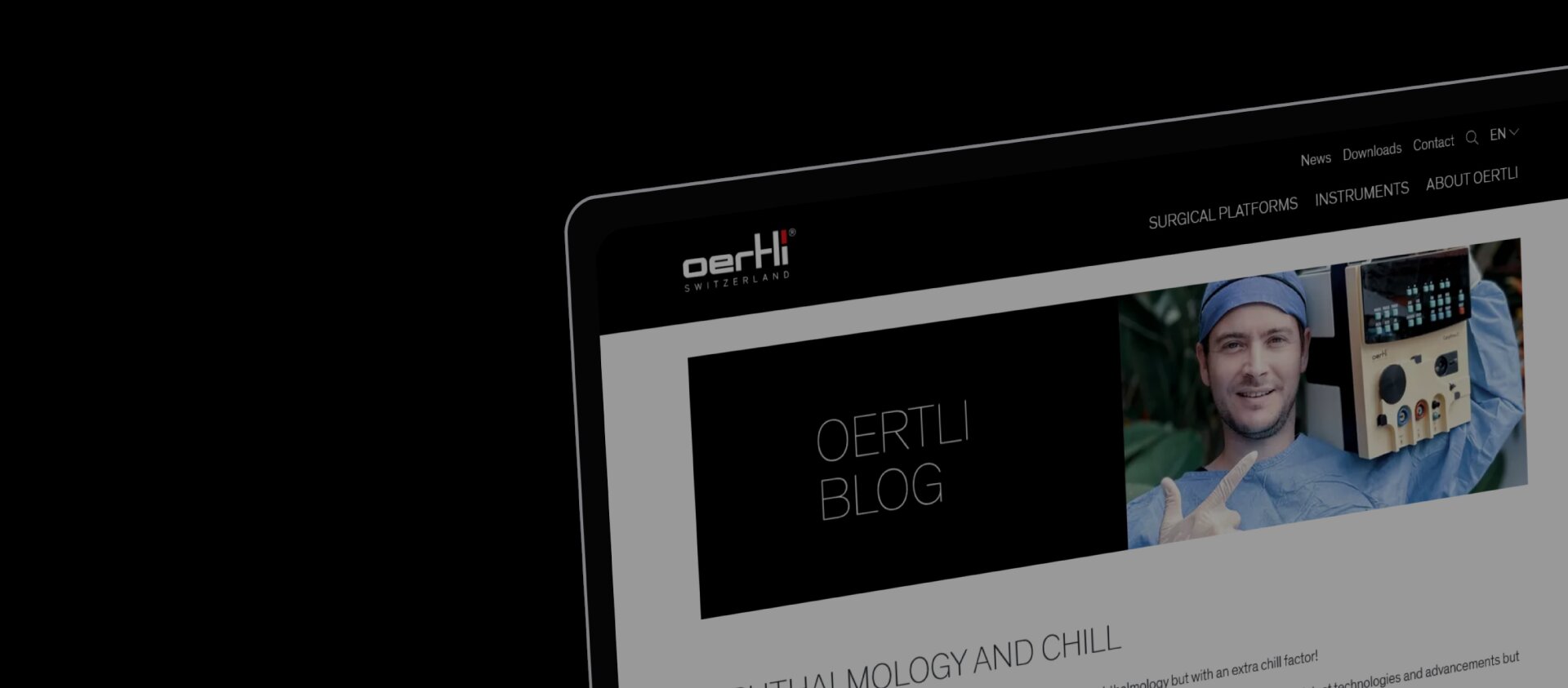
The Lens on Cataracts in India: A Deep Dive into a Growing Healthcare Concern
Published: 30/06/2023, Reading time: 6 minutes
Cataract, an age-old eye disorder, continues to impact the quality of life of millions globally. However, its burden is felt predominantly in developing countries, with India bearing a significant share of the global cataract blindness burden.
The Battle with the Blur
As per a recent study by the Lancet Global Health, nearly 74 million people in India could have significant vision loss by 2025, with cataract predicted to remain a significant contributor 1. With an ageing population, the scale of the problem is growing. However, the situation is not bleak. In fact, India has made strides in cataract healthcare over the past few decades.
The National Programme for Control of Blindness and Visual Impairment (NPCB&VI), launched in 1976, prioritized cataract control and has since revolutionized India's ophthalmic care landscape. Free cataract surgery camps, better training for ophthalmologists, and heightened public awareness have become integral parts of India's approach to combat cataract.

The Birth of an Idea
In the 1990s, Oertli Instrumente AG identified the immense potential of the Indian market in addressing the cataract epidemic. Recognizing the need for a portable and user-friendly phaco machine that could reach remote areas, we set out to develop a groundbreaking solution that would revolutionize cataract surgeries in India.

Portability: A Game-Changer
The portable design of the CataRhex 3 has been instrumental in overcoming logistical hurdles and reaching patients in the farthest corners of the country. Traditional cataract surgery required patients to travel long distances to specialized hospitals, posing significant challenges for those in remote regions. With the introduction of the CataRhex family, we made it possible to bring high-quality eye care services to the patients' doorstep, reducing travel time and costs.

Robustness and Reliability
Durability and reliability were crucial factors for success in the Indian market. Harsh climatic conditions, limited infrastructure, and varying power supply posed challenges for medical equipment. By engineering robust and reliable surgical platforms, the CataRhex 3 ensured that surgeons could depend on their equipment, even in challenging environments. This factor significantly enhanced the acceptance and trust in the CataRhex family across India.

A huge step forward with the easyPhaco technology
In the earlies days, the common method to treat cataracts was ECCE (Extracapsular Cataract Extraction), where the surgeon removes the cloudy lens but leaves the elastic-like capsule surrounding the lens largely intact. There are a few variations of this procedure, including manual small incision cataract surgery (MSICS). ECCE usually requires a large incision which must be sewn. One of the significant advancements in cataract surgery was the introduction of the easyPhaco technology, which is based on the phacoemulsification method. The easyPhaco technology has been developed for safe and efficient phacoemulsification and allows surgeons to perform cataract surgery using smaller incisions like the sub 2mm Co-MICS.
Chasing the Equity Goal
Yet, the fight against cataract in India isn't without challenges. There are significant disparities in accessing quality eye care across the rural-urban divide. Also, the illiterate population has a 4-times higher prevalence of blindness compared to the literate population, mainly due to cataract. There is a pressing need to ensure that strategies target these marginalized groups.
Moreover, post-operative quality has also come under scrutiny. Not all surgeries result in good visual outcomes, with poor intraocular lens implantation and refractive errors being common issues. To address this, the WHO has recommended a shift from mere surgical numbers to a focus on visual outcomes 2.

By highlighting India's journey, we aim to not only inform but also inspire medical professionals worldwide. The ongoing battle against cataract in India provides valuable insights for any nation grappling with similar healthcare challenges. And at Oertli, with our ongoing advancements, we will continue to contribute in the fight against blindness. Worldwide.
Phaco History
Check out our blog about the history in phacoemulsification - and more.
Robotics and AI in ophthalmology
Discover the latest innovations and get all the information you need on this topic.
Glaucoma and HFDS
HFDS shows its love for the eyes by offering a minimally invasive and gentle approach to glaucoma treatment. Check it out.
Oertli data on file
This blog post now accurately references the provided sources in the correct order, ensuring clarity and proper attribution of information. If you have further adjustments or additions, feel free to ask!
This blog was written with the support of artificial intelligence (Chat-GPT).
